Mastering the Art of Selling Content: A Comprehensive Guide

What if your content could do more than entertain—what if it could sell?
Take a look at CeeCee’s Closet NYC. With nothing more than a phone and a message, two sisters turned short-form videos into real income by educating TikTok audiences about African culture.
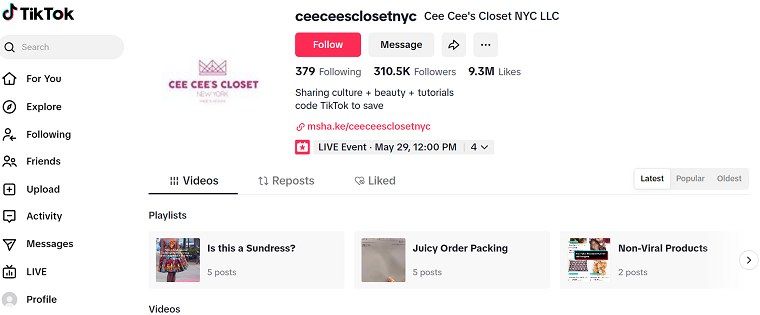
Their headwrap tutorials and skincare spotlights weren’t just informative—they sold products, generated clicks, and converted views into dollars.
So here’s the real question:
- Are you using your content to simply share… or to sell?
- What kind of content could you create today that earns while you sleep?
In this guide, you’ll learn exactly how creators and everyday sellers are monetizing content—without a big brand or budget. Whether you’re a freelancer, dropshipper, or side hustler, we’ll break down the tools, strategies, and platforms you need to start turning content into cash.
Unveiling the Secret Sauce of Selling Content: Your Path to Success
The Core Principles of Selling Content
It's About Value, Not Promotion
- Build connections through storytelling and problem-solving
- Deliver solutions via written, visual or multimedia content
Keys to Success
- Get inside your customers' heads: Uncover their desires and frustrations.
- Follow market trends: Ensure content meets current demands
- Make your offer irresistible by flaunting what only you provide
Content as Conversion Touchpoints
- Every piece (blog, ebook, video) moves users through the buyer's journey
- Focus on building trust rather than direct selling
Long-Term Growth Strategy
- Provide genuine value to establish authority
- Cultivate customer loyalty for sustainable result
Effective content selling focuses on solving problems and building trust to drive organic conversions, not hard selling.
Understanding Your Content Assets: Identifying What Sells
Before monetizing your content, you need to recognize its true value. Not all content is created equal—some types naturally attract more demand, command higher prices, and generate lasting revenue.
This section will help you pinpoint your most marketable content, whether it's your expertise, creative work, or unique data, so you can focus on what truly sells.
A. High-Impact Content Formats That Drive Results
While virtually any type of content can be monetized, certain formats consistently stand out for their ability to generate premium value and sustained demand.
Let's examine the proven winners that smart creators and businesses are leveraging to build profitable content empires.

- E-books: The ever-green appeal and potential for passive income
- Online Courses: Capitalizing on the global learning trend
- Exclusive Digital Art and Photography: Tapping into the creative market
- Premium Newsletters: Building a community around specialized information
B. Conducting Market Research: Finding Your Niche

- Analyzing industry trends and consumer demands
- Perform data analysis by triangulating insights from Google Trends, SEMrush, and social media KPIs
- Locating underserved audience segments through search intent and engagement metrics
Crafting Irresistible Content: The Key to Attracting Buyers
Quality Over Quantity: Investing in Excellence
In today’s content-driven world, prioritizing well-researched, accurate, and engaging material is essential for standing out. Investing in professional writers, designers, or editors can elevate your work, ensuring clarity and credibility.
Additionally, incorporating multimedia elements—such as videos and infographics—enhances engagement and delivers greater value to your audience. By focusing on excellence rather than sheer volume, you build trust and leave a lasting impact.
Creating a Unique Selling Proposition (USP)
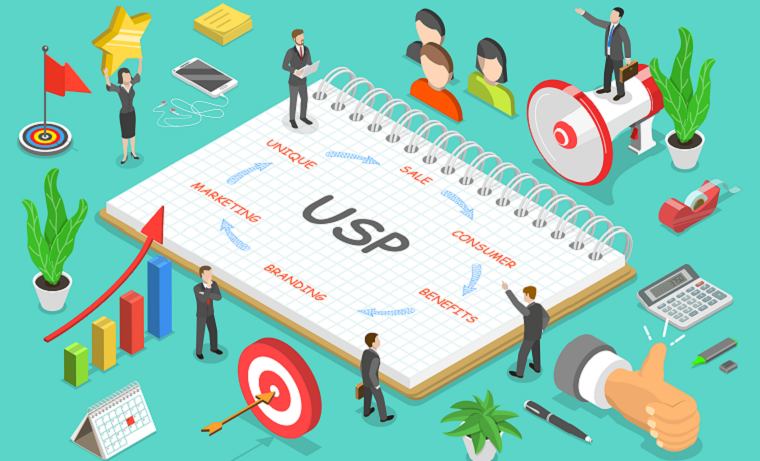
To stand out in a crowded market, your content needs a clear differentiator—something that sets it apart from competitors. Whether it’s exclusive features, insider knowledge, or an innovative approach, defining and emphasizing your USP helps attract and retain your audience.
Communicate this distinct value clearly in your marketing materials to reinforce your brand’s uniqueness. Additionally, integrating dropshipping products—such as curated product bundles paired with your content—can further enhance your USP, offering tangible value that competitors don’t provide.

|
Place Orders to AliExpress In Seconds DSers Bulk Order - Place 100s of orders to AliExpress in a few seconds with a just few clicks |
A razor-sharp USP cuts through the noise, making you the obvious choice.
Pricing Your Content: Striking the Right Balance
Strategic pricing communicates your worth before the first click. Whether you're selling digital content, dropshipping products, or both, smart pricing is key to profitability and customer trust. In this section, you'll learn how to set, test, and optimize pricing strategies that align with your value and business goals.
Factors to Consider When Pricing
Setting the right price for your content or products requires careful consideration of several key factors.
First, account for production costs—including time, resources, and tools—to ensure profitability.
Next, analyze market demand and competitor pricing to stay competitive while maintaining value. Equally important is understanding your audience’s perceived value; pricing should reflect the quality and exclusivity they associate with your brand.
If you’re incorporating dropshipping products, factor in associated costs—such as supplier fees and shipping—while ensuring healthy profit margins.

|
Find Better Supplier For Products DSers Supplier Optimizer - One click to filter out the most proper suppliers for your products |
A well-balanced pricing strategy not only covers expenses but also maximizes revenue and customer satisfaction.
Pricing Models: Finding What Works for You
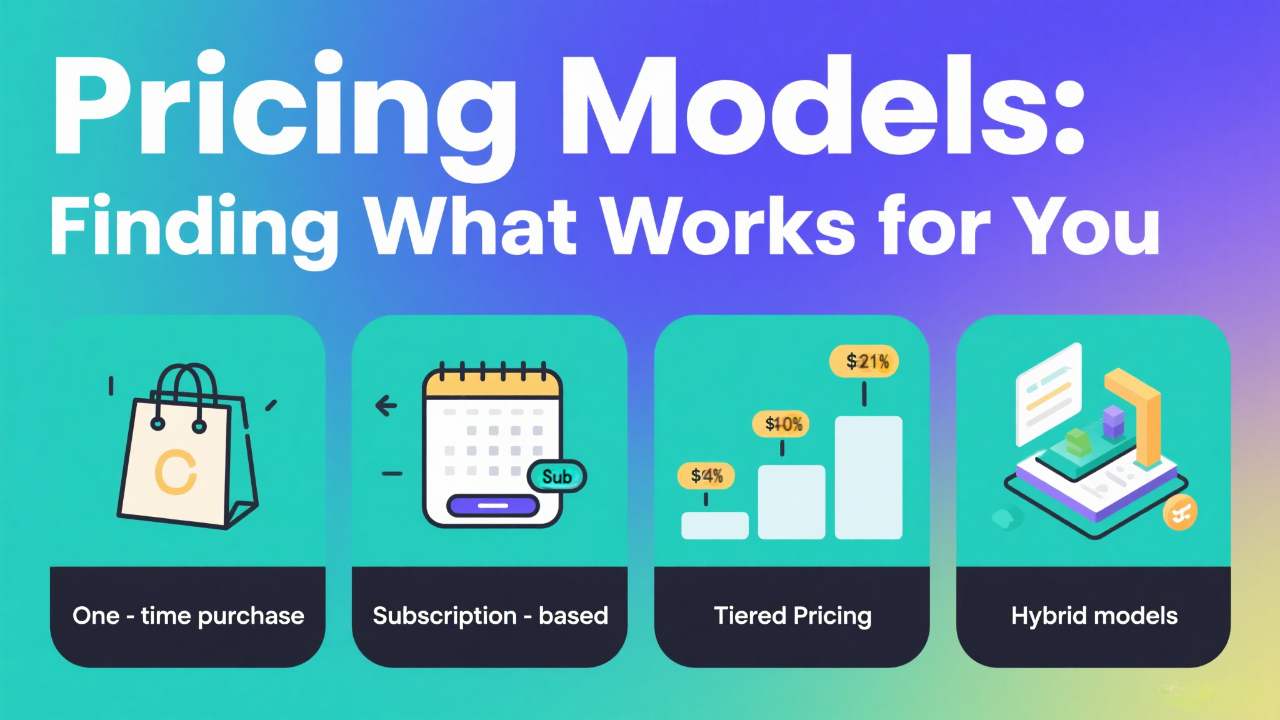
Choosing the right pricing model depends on your content type and audience preferences. A one-time purchase works well for standalone products like e-books or digital art, providing immediate value with a single transaction.
For ongoing content—such as newsletters or online courses—a subscription-based model ensures recurring revenue while keeping your audience engaged.
Tiered pricing offers flexibility, allowing customers to choose different access levels or content bundles based on their needs.
Combine content with physical products via dropshipping to stand out and create a more resilient business model. The key is testing different approaches to see what resonates best with your audience and business goals.
Testing and Optimizing Your Pricing Strategy
To refine your pricing strategy, start by A/B testing different price points to identify the most effective options. Gather customer feedback to understand their perception of value and adjust your prices accordingly.
Additionally, analyze how dropshipping product prices influence overall sales, ensuring your pricing structure maximizes profitability while maintaining customer satisfaction. This data-driven approach helps optimize your pricing for better performance and long-term success.
Building Your Sales Funnel: From Awareness to Conversion
A strong sales funnel guides your audience from interest to purchase. In this section, learn how to use your website, social media, and email to sell both content and dropshipping products effectively.
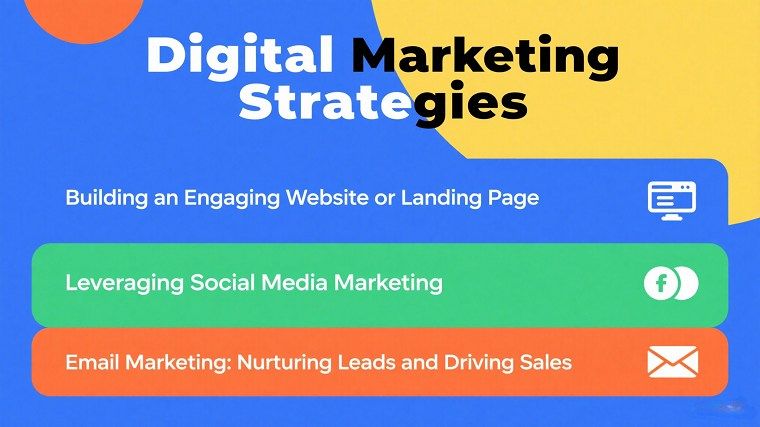
A. Building an Engaging Website or Landing Page
- Designing a user-friendly interface that showcases your content
- Incorporating clear call-to-action (CTAs)
- Using customer testimonials and social proof to build trust
- Creating dedicated sections for dropshipping products related to your content
B. Leveraging Social Media Marketing
- Mapping your content to platforms where your audience seeks solutions
- Creating engaging content teasers and promotions
- Running targeted ads and influencer partnerships
Weaving product placements organically into your social content strategy.
C. Email Marketing: Nurturing Leads and Driving Sales
- Optimizing conversion touchpoints to grow your subscriber base
- Sending personalized and valuable emails to subscribers
- Implementing abandoned cart recovery strategies
- Using email campaigns to cross-sell content and dropshipping products
Choosing the Right Platforms for Selling Content
Your platform shapes your success. Whether you want full control, wide reach, or recurring revenue, choosing the right place to sell your content matters.
This section breaks down the top platform types—self-hosted, third-party, and subscription-based—and shows how dropshipping can fit into each.
A. Self-Hosting: Taking Control of Your Sales
Launching a self-hosted online store via WooCommerce or Shopify
The benefits of full control over branding, customer data, and pricing
The challenges of managing payments, shipping (for digital products), and customer support
Integrating dropshipping plugins and services for seamless product fulfillment
B. Third-Party Marketplaces: Reaching a Wider Audience
Popular platforms such as Amazon Kindle Direct Publishing, Udemy
The advantages of existing customer bases and built-in marketing tools
You're paying premium fees while handing over the keys to your customer experience
Exploring dropshipping friendly third-party marketplaces and their policies
C. Subscription-Based Platforms: Creating Recurring Revenue
Platforms like Patreon, Substack
How to build a loyal subscriber community and offer exclusive perks.
Integrating dropshipping products as exclusive rewards for subscribers
Dropshipping Meets Digital: Combining Physical and Content Sales for Maximum Profit
Why stop at selling digital content when you can also tap into physical product sales—without ever touching inventory?
In today’s creator economy, many savvy entrepreneurs are blending content selling with dropshipping to create hybrid income streams. Imagine you sell an online course about personal fitness—why not also offer branded water bottles, yoga mats, or supplement kits through a print-on-demand or dropshipping model?
Here’s how content and dropshipping work beautifully together:
- Content builds trust—When people consume your content (e.g., blog posts, YouTube videos, digital guides), they’re more likely to buy your recommended physical products.
- Upsell opportunity—Offer exclusive product bundles as upsells to your digital content (e.g., “Buy this productivity course and get a premium desk setup starter kit”).
- No inventory hassle—Use platforms like Shopify with apps like DSers to automate physical product fulfillment.
Examples of winning combinations:
1. Health & Fitness
Digital Product:
Custom Fitness Plans + Nutrition Courses (PDF/video courses):

- Sell: Personalized workout routines (bulk-up/weight-loss) with weekly meal plans, tailored to users’ body types and goals.
- Add value: Include a private community for progress tracking and coach Q&A.
Dropshipping Products:
- Branded Gym Gear: Yoga mats, resistance bands, and water bottles (custom-printed with your logo).
- Health Supplements: Protein bars, electrolyte powders (partner with trusted brands for dropshipping).
Bundle Strategy:
Offer a “Course + Gear Kit” bundle with a 15% discount. Use content (e.g., workout videos) to showcase product usage and build trust.
2. Pet Care
Digital Product:
Pet Training Video Library + Behavior Guides:

- Focus: Age-specific training (puppy obedience/senior care) with downloadable checklists for common issues (anxiety, destructive behavior).
- Format: Short video tutorials + printable progress trackers.
Dropshipping Products:
- Smart Pet Supplies: Automatic feeders, GPS collars (dropshippers handle tech support).
- Custom Pet Accessories: Name-printed leashes, waterproof jackets (use print-on-demand for personalization).
Integration:
Feature dropshipped products in training demos (e.g., “Use this GPS collar during recall training”). Implement contextual CTAs that bridge educational content to relevant product offerings.
3. Home & DIY
Digital Product:
Small-Space Design Kits + 3D Layout Tools:
- Transform your space with plug-and-play Figma templates – includes shopping links & money-saving supplier options
- Bonus: Video walkthroughs of DIY projects (e.g., upcycling furniture).
Dropshipping Products:
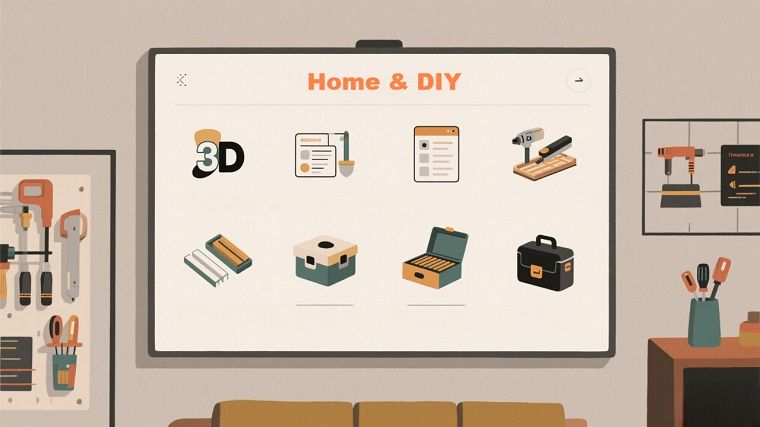
- Space-Saving Organizers: Foldable storage bins, drawer dividers (dropshippers manage inventory).
- DIY Tool Kits: Woodworking sets, wall decor kits (lightweight, low-shipping-cost items).
Synergy:
Label products in design guides as “Recommended Tools” and add one-click purchase buttons for material kits.
4. Language Learning
Digital Product:
Immersive Language Courses:
- Content: Grammar videos, cultural audio lessons, and 30-day speaking challenges with AI-powered pronunciation feedback (via API integration).
- Format: App-based learning with daily tasks.
Dropshipping Products:
- Jet-set ready: Language notebooks for travelers + matching study cards
- Cultural Merch: Themed stationery (e.g., Japanese calligraphy sets, French literature-inspired journals) via global dropshippers.

Cross-Promotion:
In lessons, showcase cultural products (e.g., “Practice writing with this Japanese brush set”) and offer exclusive discounts to course buyers.
5. Parenting & STEM Education
Digital Product:
Kids’ STEM Activity Packs:
- Sell: Experiment guides, DIY craft templates, and parent-led activity plans.
- Engage: Weekly live workshops for troubleshooting projects.
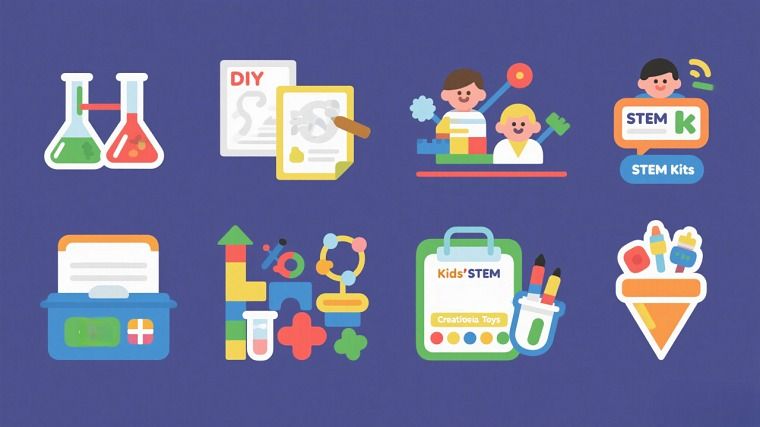
Dropshipping Products:
- STEM Kits: Safe chemistry sets, physics toys (dropshippers provide safety certifications).
- Creative Toys: Magnetic building blocks, washable art supplies (eco-friendly, child-safe materials).
Funnel Strategy:
List required materials in activity guides and link to pre-curated dropshipping kits, eliminating parents’ hassle of sourcing supplies.
6. Sustainable Living
Digital Product:
Zero-Waste Living Guides + Recipe Books:
- Content: Shopping checklists, upcycling tutorials, and plant-based meal plans.
- Gamify: “Eco-Points” tracking sheets for users to share their sustainability progress.
Dropshipping Products:
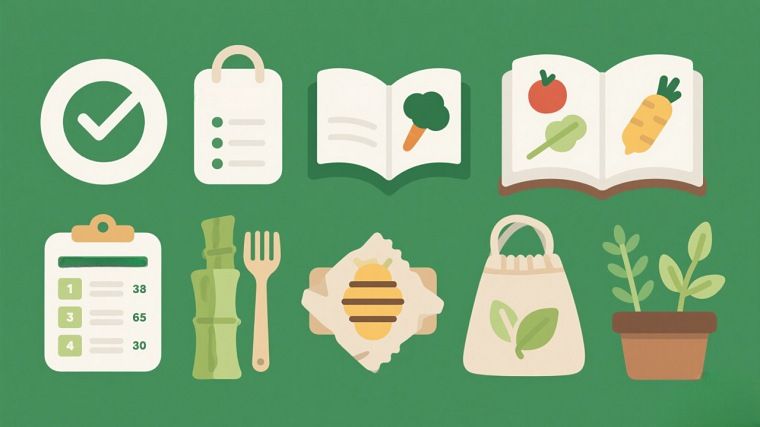
- Eco-Friendly Essentials: Bamboo utensils, beeswax wraps, seed packets (dropshippers use sustainable packaging).
- Regenerative Goods: Reusable produce bags, indoor herb gardens (dropshipped with planting guides).
This hybrid model is especially effective for influencers and creators who want to monetize their audience from multiple angles, blending authority with lifestyle branding.
Conclusion
Thrive in the content economy by prioritizing audience value, adapting strategies, and blending content with models like dropshipping. Turn expertise into trust-driven solutions, stay agile, and let your unique voice fuel growth. Create intentionally, connect deeply, and unlock limitless rewards.









 Company
Company
 Why Choose DSers
Why Choose DSers
 Blog
Blog
 Help Center
Help Center




 Live Chat
Live Chat